Golden Pavilion a Zen Buddhist temple
I was really looking forward to see the Golden Pavilion. I had read about it before coming to Japan, hard to imagine a building covered in gold leaf. I was not disappointed when I saw this graceful pavilion.
Our tour group followed a tree-lined pathway leading into a sunlit garden with a large pond. There on the opposite side of the pond stood the exquisite golden pavilion with a golden reflection shimmering gently in the pond waters, against a background of ancient green pines.
The Golden Pavilion has three types of architecture in this one building. The 1st floor named Ho-sui-in, is shinden-zukuri, the palace style,the 2nd floor is Buke-zukuri, the style of the samurai house, and called Cho-on-do. The second floor also has a Buddha Hall and a shrine dedicated to the goddess of mercy. The 3rd floor is Karayo style or Zen temple style, and called Kukkyo-cho. Both 2nd and 3rd stories covered with gold-leaf on Japanese lacquer. The roof of the pavilion thatched with shingles.
History of the Golden Pavilion
The Golden Pavilion stands in the grounds of the Rokuon-ji temple complex. The site of the Golden Pavilion or Kinkaku-ji as it is known today, dates back to medieval Japan. The third shogun, Ashikaga Shogun, Yoshimitsu (1358-1408) purchased the villa called Kitayama-dai, belonging to a powerful statesman, Saionji Kintsune and transformed the complex. Shogun, Yoshimitsu, abdicated the throne in 1394 and spent a serene life as a follower of the Zen priest Soseki. In his will he directed that on his death the complex become a temple with Soseki as its superior. During the Onin war (1467-1477) all the buildings in the complex burnt down apart from the Golden Pavilion. The Golden Pavilion is the only building on the site that survived from the original complex. Kinkak-ju or Golden Pavilion remained intact for all those centuries, until destroyed by arson in 1950, a tragic tale.
A tragic tale
The pavilion burnt down on 2nd July,1950, set alight by a 22-year-old novice monk, Hayashi Yoken. The monk then attempted suicide on Daimon-ji hill behind the pavilion. Shortly after the monk taken into custody and sentenced to seven years in prison. Released because of mental illnesses in 1955, Hayashi Yoken died of tuberculosis in 1956.
An exact replica of the original Golden Pavilion
The structure we see today, glimmering in the sunlight, is in fact an exact replica of the original building. A three-story pavilion covered in gold leaf, topped by a bronze phoenix, with a shingle roof. The temple has a stroll garden laid out around a central pond with Mount Kinugasa as a backdrop. The name of the pond is Kyoko-chi (Mirror pond). It has a second smaller pond and many large and small islands in the main pond.
There is also a small stone pagoda on an island in the pond. The stone Pagoda called Hakuja-n0-tsuka which means ‘ mound in memory of the white snake‘. This beautiful garden is the original garden from all those centuries ago. A delightful harmonious garden to stroll through with so many interesting trees, twisted tree trunks, rocks, shrubs and pond reflections. The garden complex said to be an excellent example of Muromachi period(1337 to 1573) garden design, considered the classical age of Japanese garden design.
Last view of the Golden Pavilion
I lingered behind for a few minutes to savor one last view of the exquisite golden Pavilion. Kinkaku-ju translates to Temple of the Golden Pavilion.
Kinkaku-ji Temple inscribed as World Cultural Heritage in 1994.
On the way to the exit we stopped to visit a small Fudodo shrine where the stone Fudo-myoo (Acara) or God of Fire, enshrined as a guardian. This day it was such a pleasure to see the graceful, exquisite Golden Pavilion. It is hard to imagine it rising again to its present beauty after the tragic fire, but here it is! The garden designed for strolling around, is so beautiful and peaceful. Plain to be seen how much I enjoyed this experience.
The Golden Pavilion is open daily 9am-5pm, admission 500 Yen.
Related Posts:
- s ensoji-Asakusa Kannon Temple
- T he Kabuki Theatre
- Half Day Tokyo Tour
- Tokyo Japan travel to Nikko
- Toshogu Shrine Japan
- Nikko-Lake chuzenji & Kegon Waterfall|Tokyo-Japan-travel
- Mt-fuji-lake-ashi-komagatake-ropeway-japan
- What is an Irori,what is a jizai kagi Takayama gifu province Japan
- Takayama festival floats-matsuri festivals-gifu province japan
- Two headed monster-Sakurayama Hachimangu Shrine-Takayama-Gifu Province
- Hida hotel-Plaza | Farmers Market Takayama Japan
- Sugidama Sake breweries – traditional shops Takayama Japan
- 450 year old cherry blossom trees scenic Miboro dam Takayama
- The old Toyama family farmhouse Shirakawa-go
- Ancient a-frame Gassho-zukuri homes – villages of Shirakawa-go
- Doburoku matsuri festival Gokayama-washi Shirakawago villages
- Kanazawa railway station east plaza city center
- Kanazawa shrine Kanazawa – marsh of gold
- Perfect landscaping Kenrokuen GardenPark Kanazawa
- Spectacular cherry blossom trees Kanazawa castle park Japan
- Samurai-Nagamach Samurai District-Kanazawa a green city
- Beautiful geisha tea house of the geisha ochaya shima
- Paradise of gold for an artisan Kanazawa
- Nijo Castle Ninomaru Palace and gardens
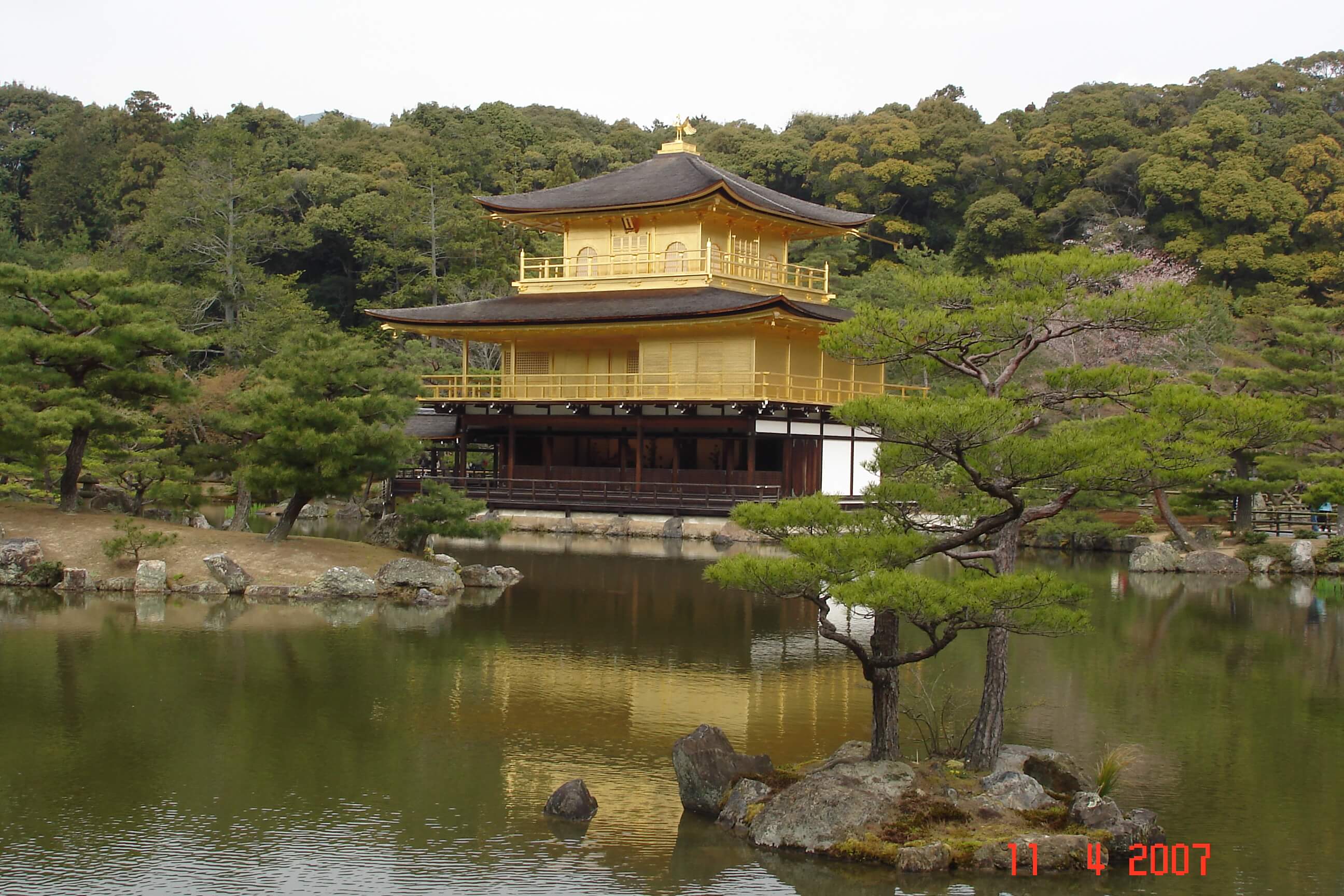
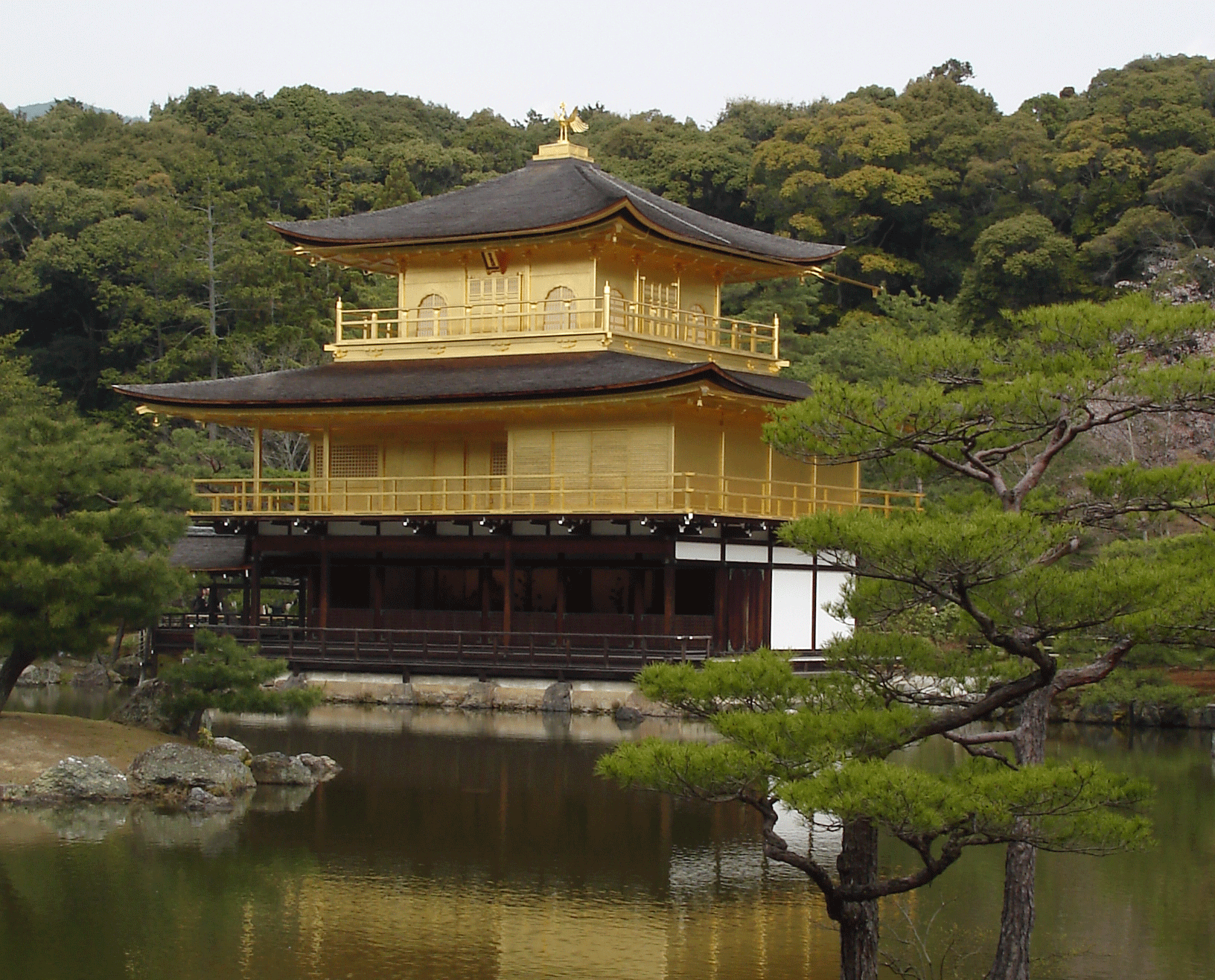
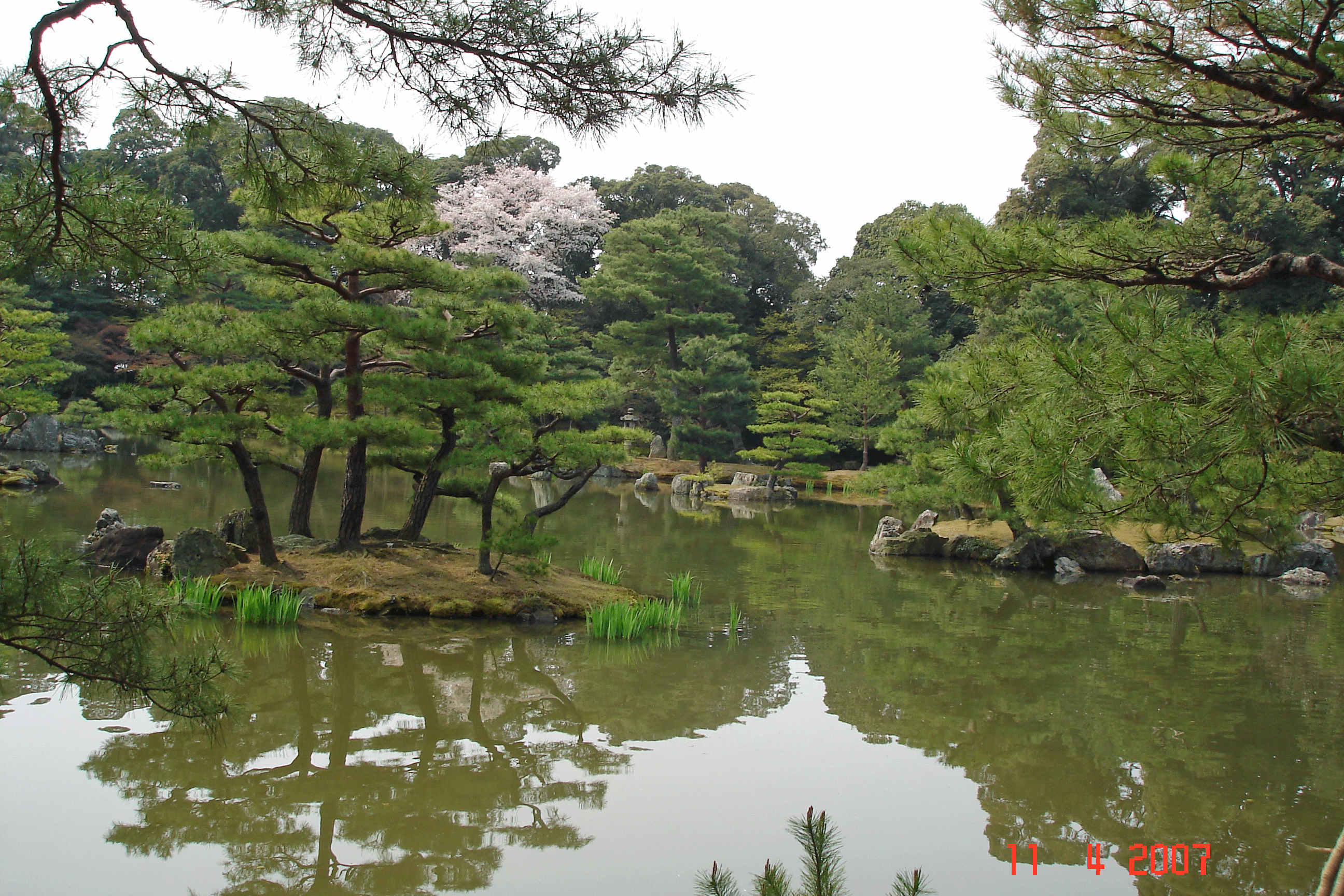
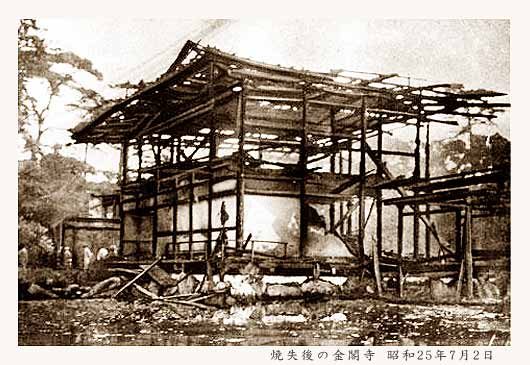
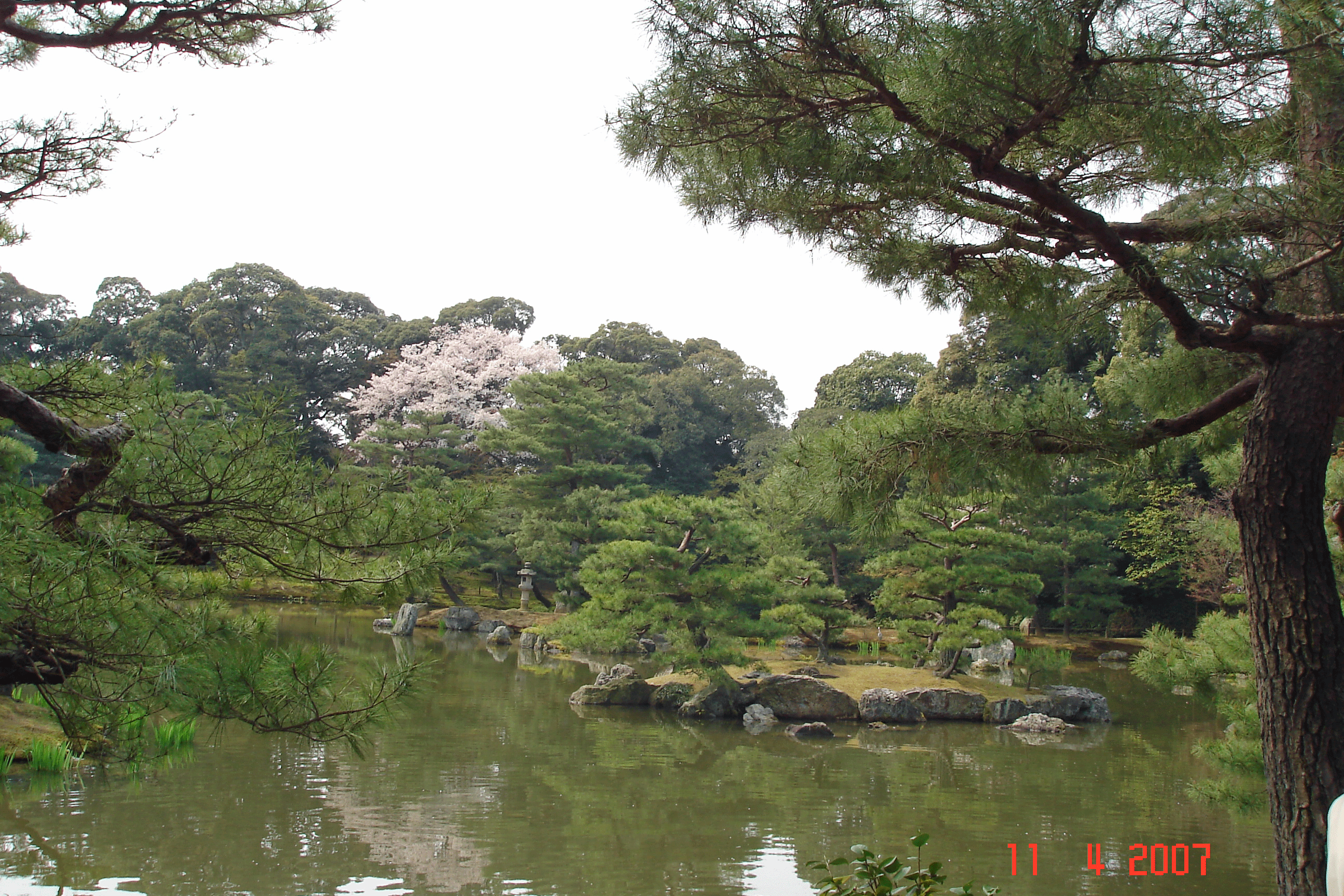
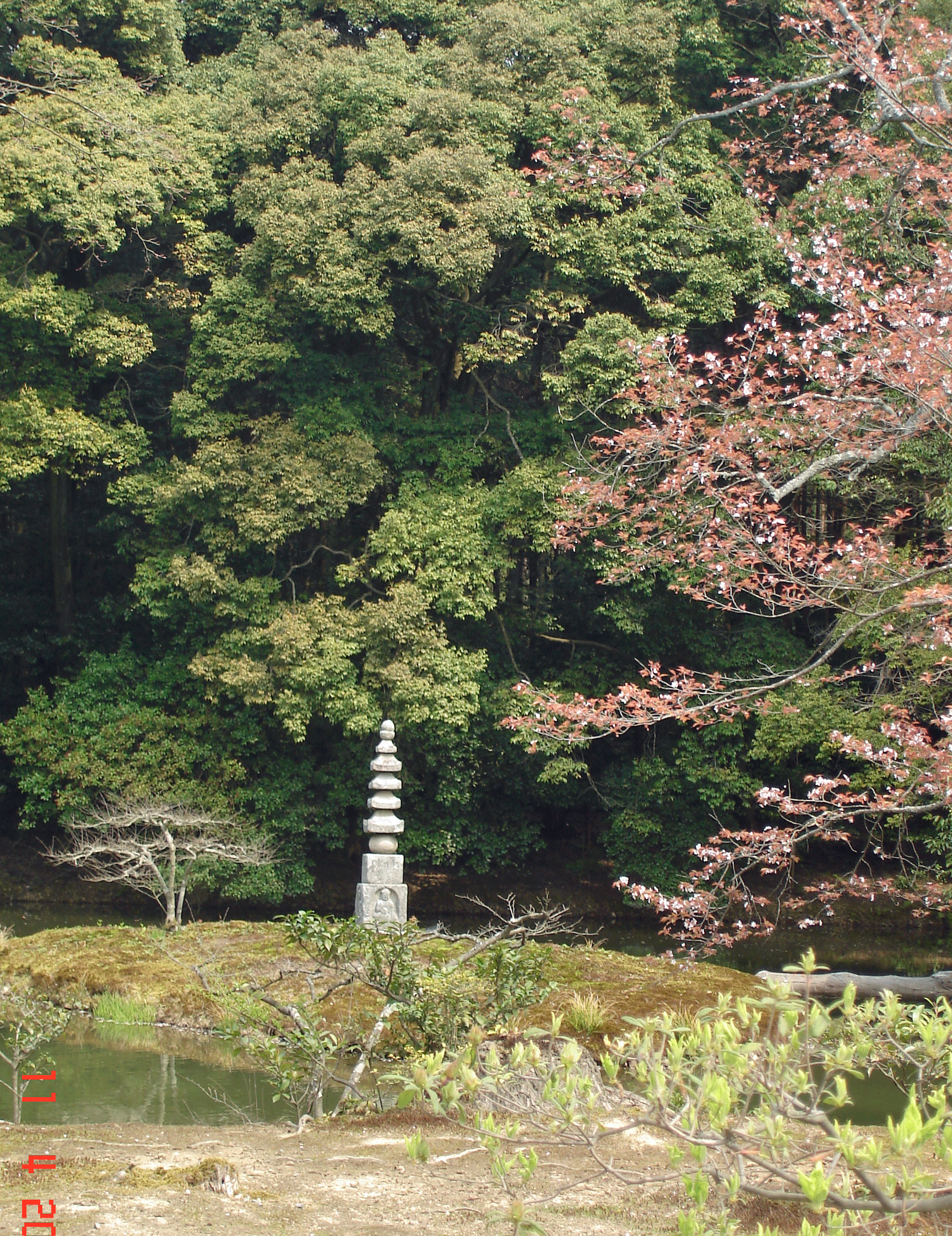
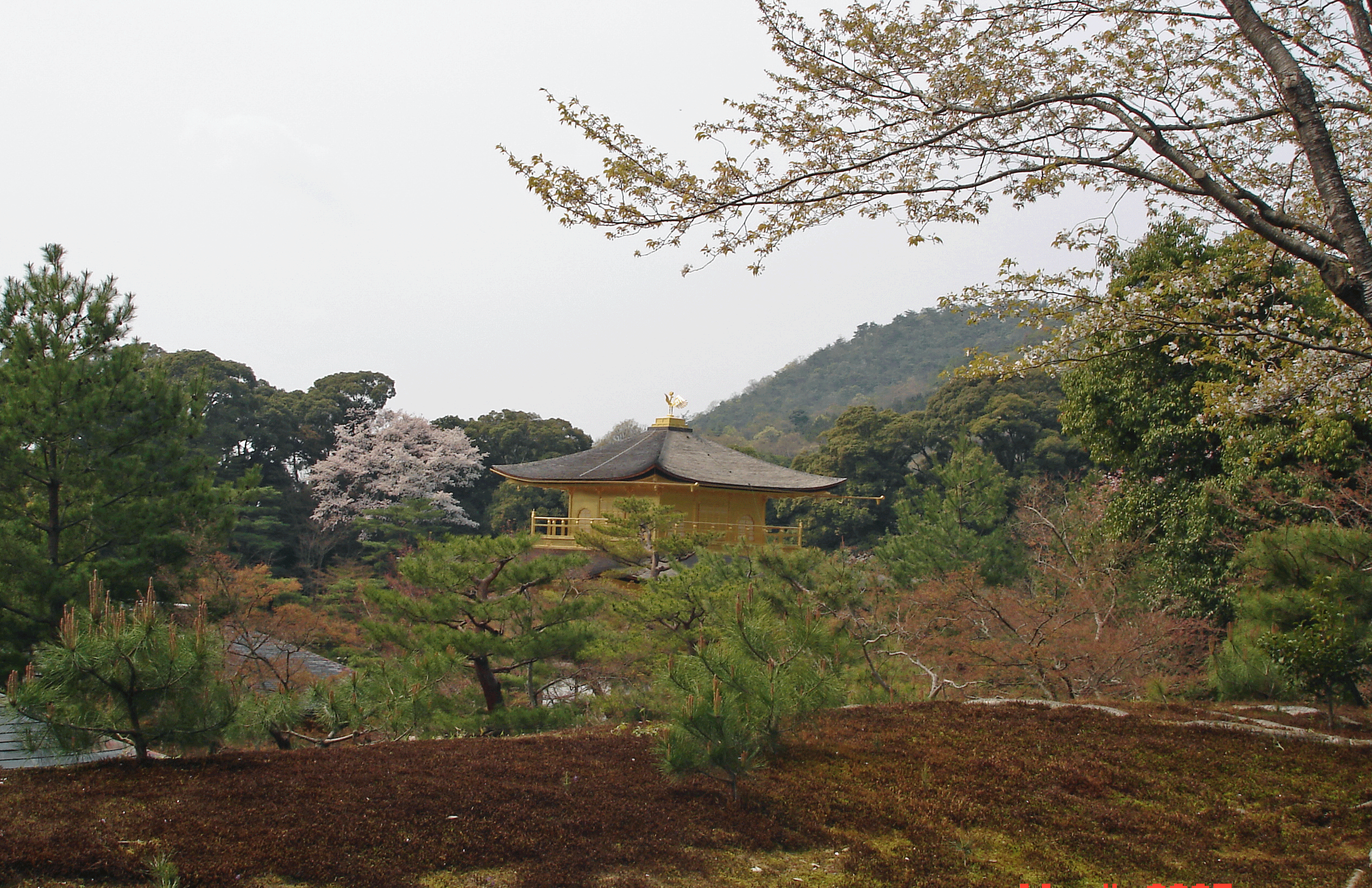
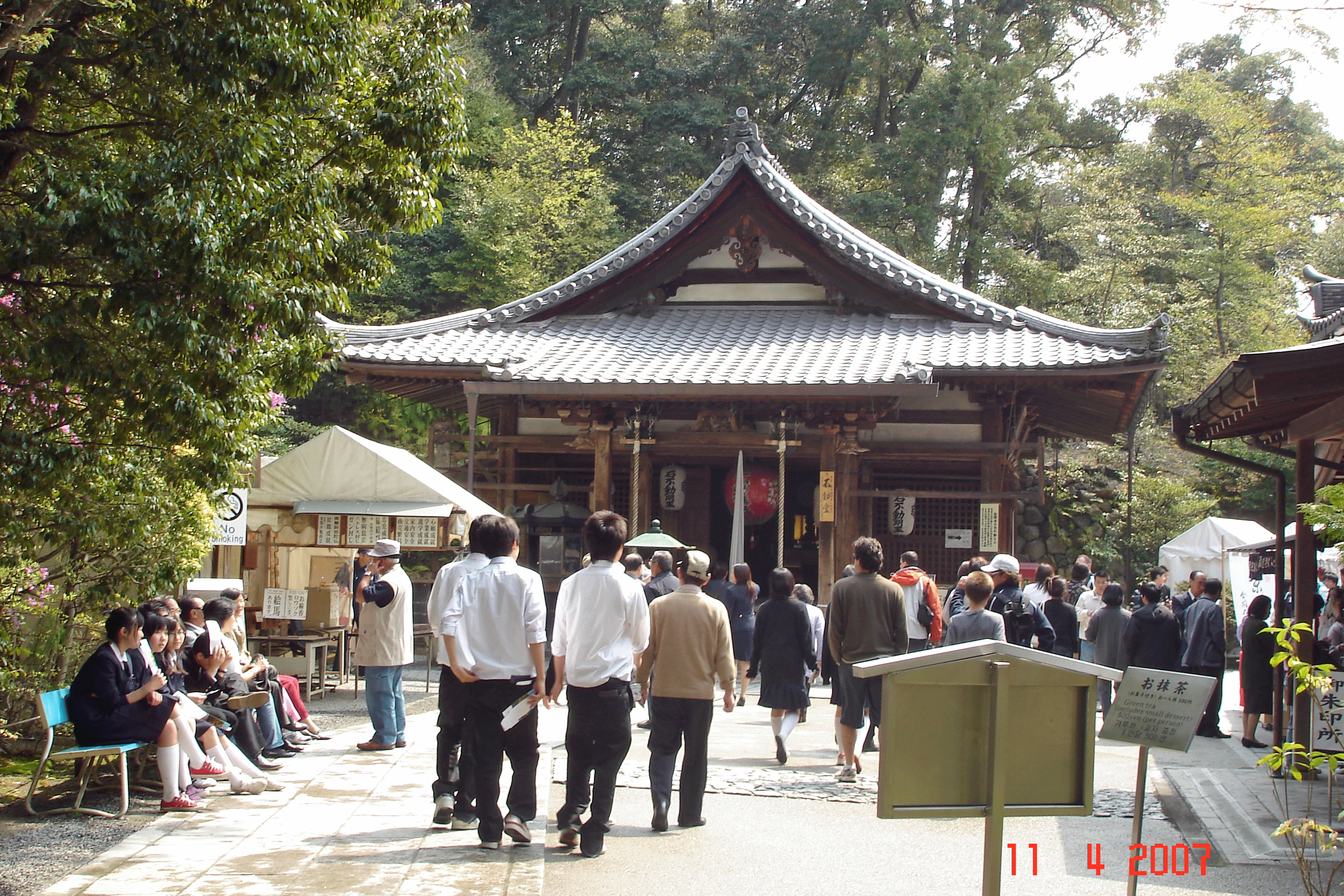
Speak Your Mind